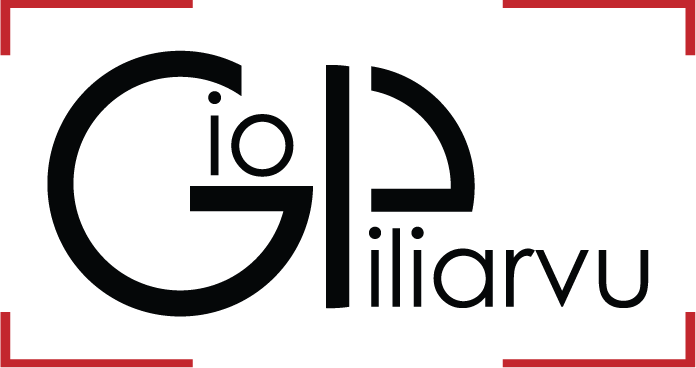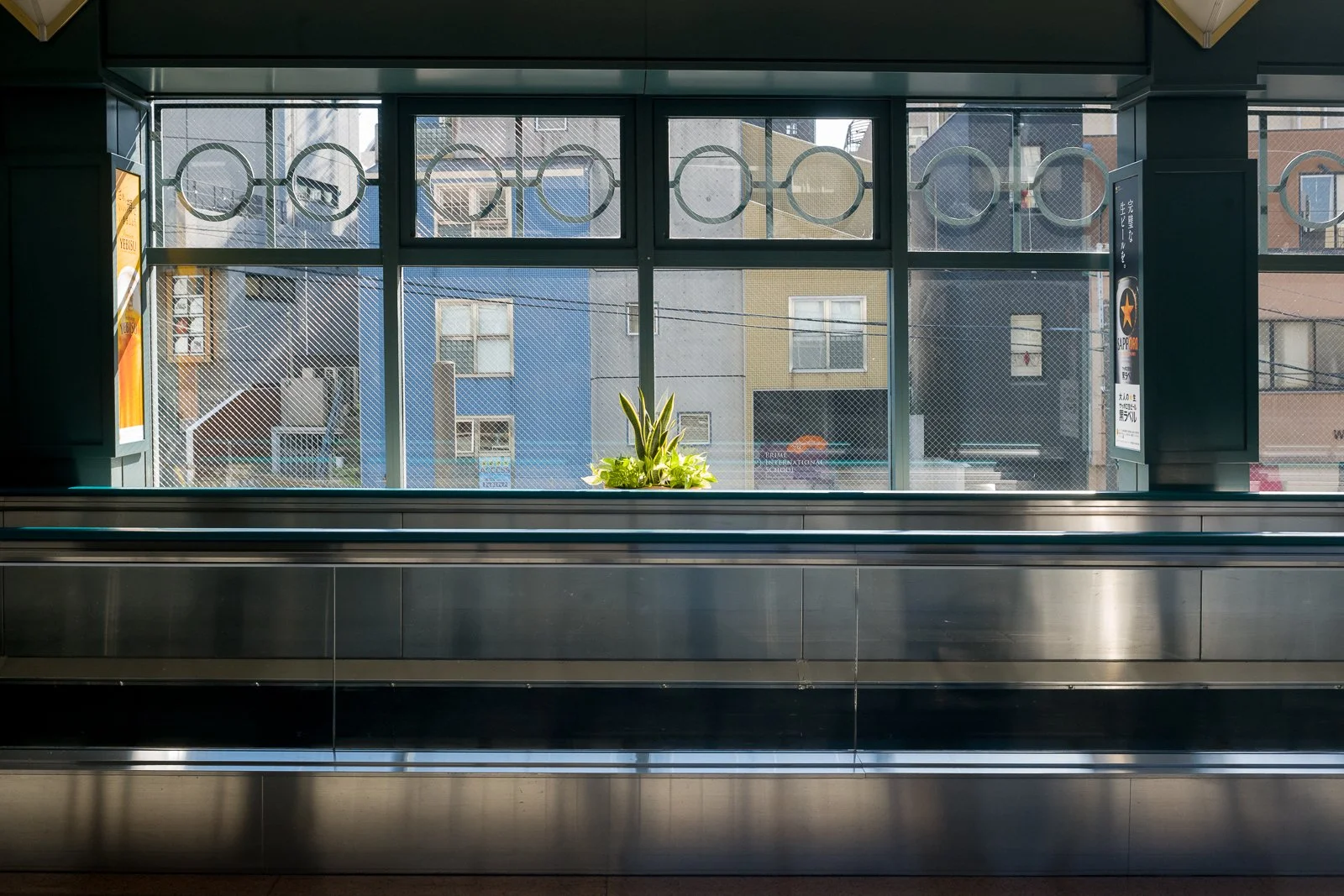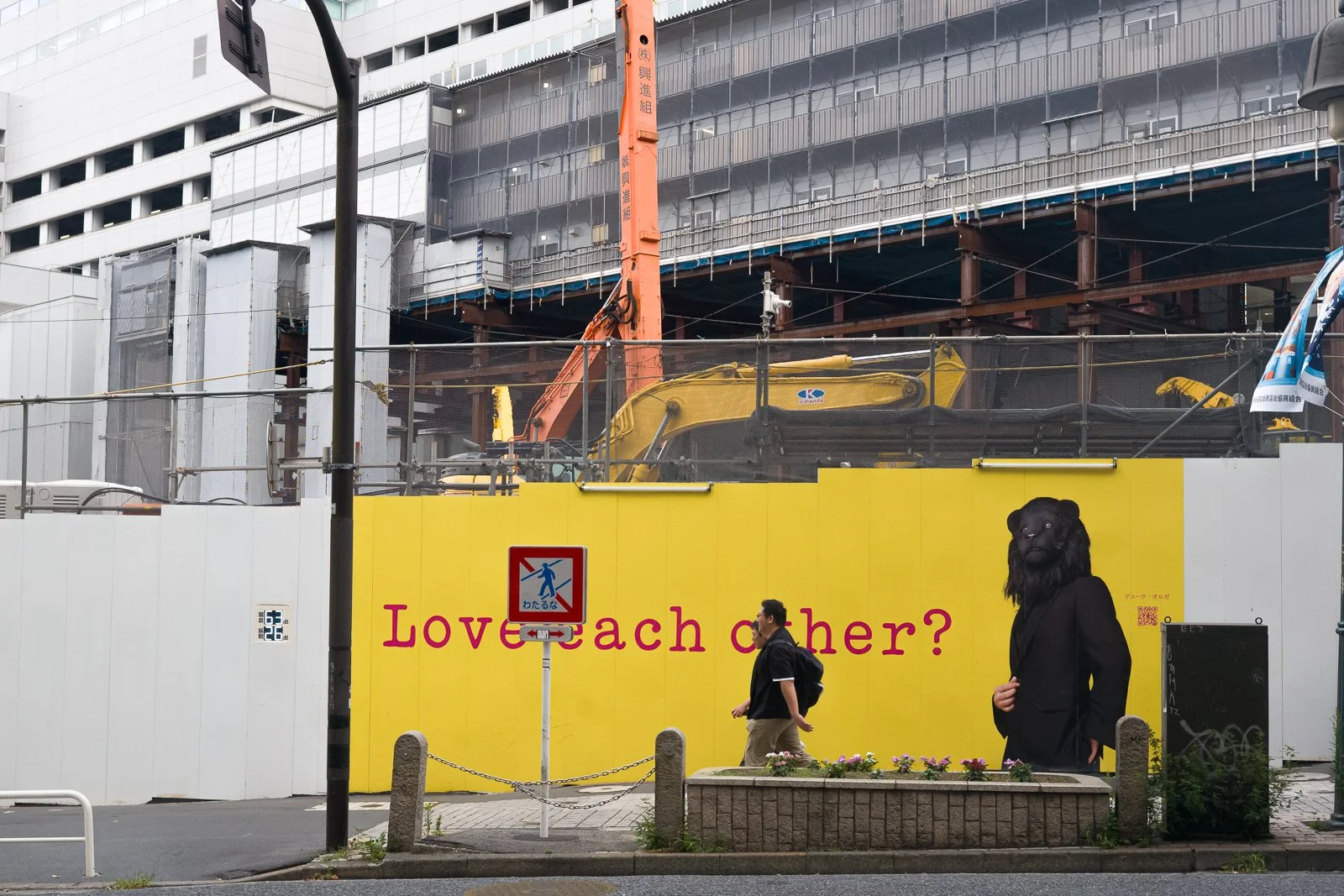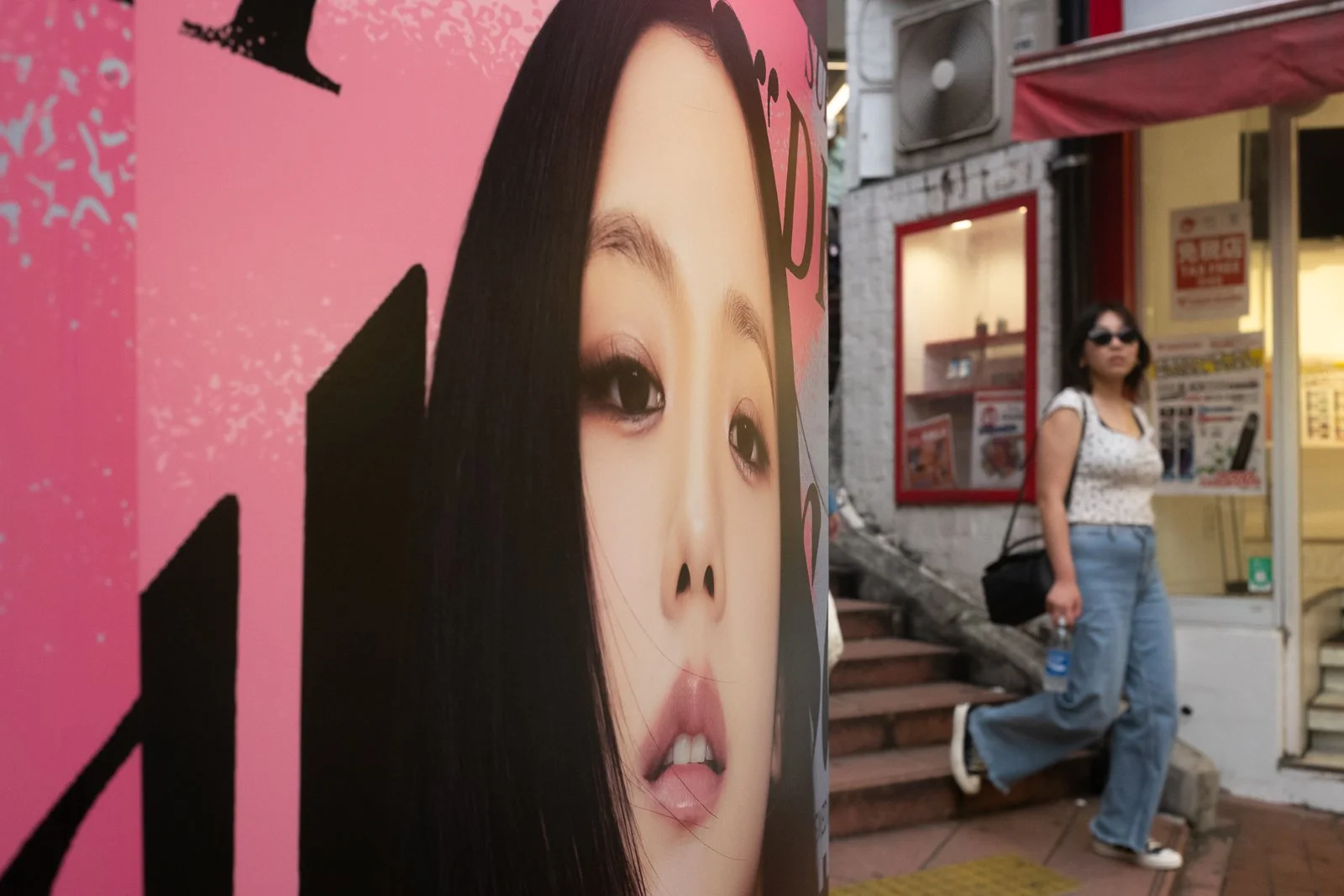Luigi e le cose
Publishing has never felt like a pressure for me. If anything, it’s been an exercise in consistency — a method I imposed on myself to try and give a bit of extra momentum to my activity as someone who uses a camera to express himself.
I’ve never been much inclined to write. I’ve always felt that photography is the language I prefer precisely because my thoughts can flow through it in a way that leaves space for others to interpret freely. I don’t like to preach. I also find it difficult to respond when someone asks me what I think about a photo they’ve taken. Photography is personal. Tastes and opinions are shaped by our lived experiences. Judging something through that lens — when it was born of another person’s path — has always made me uncomfortable.
The opinion I have about an image is simply informed by what I’ve encountered along the road. The technical side is marginal — insignificant, really — compared to everything else that a photograph is, or should be.
Lately, I’ve been caught up in a series of other events and projects, the results of which you’ll start to see over time, if you’re kind enough to keep following along.
But today I want to tell you about something specific.
A couple of weeks ago, I went to the Tokyo Photographic Art Museum with my dear friend — who’s also the designer of Tokyo Conversation — Holger Feroudj. We were there to see the exhibition of one of my favorite photographers: Luigi Ghirri.
That visit sparked a moment of pause and reflection. I’ve known his work for a long time, and I remember talking about it with Igor Tuveri, who once recommended that I read what could be called Ghirri’s literary counterpart: Gianni Celati. That opened the door to endless connections: Joyce, Conrad, and beyond.
All this to say that the world of the ordinary, when placed at the center of attention, has always fascinated me. And after that visit to the museum, I picked up Lezioni di fotografia again — a book I had read years ago. In some passages, I almost felt like I could have written those same thoughts myself.
And little by little, with growing clarity, comes the feeling that what I love to do, in my own way, is something I’m pursuing along a path that doesn’t lead to dispersion — but one that has already been walked, and still feels quietly alive beneath my steps.








